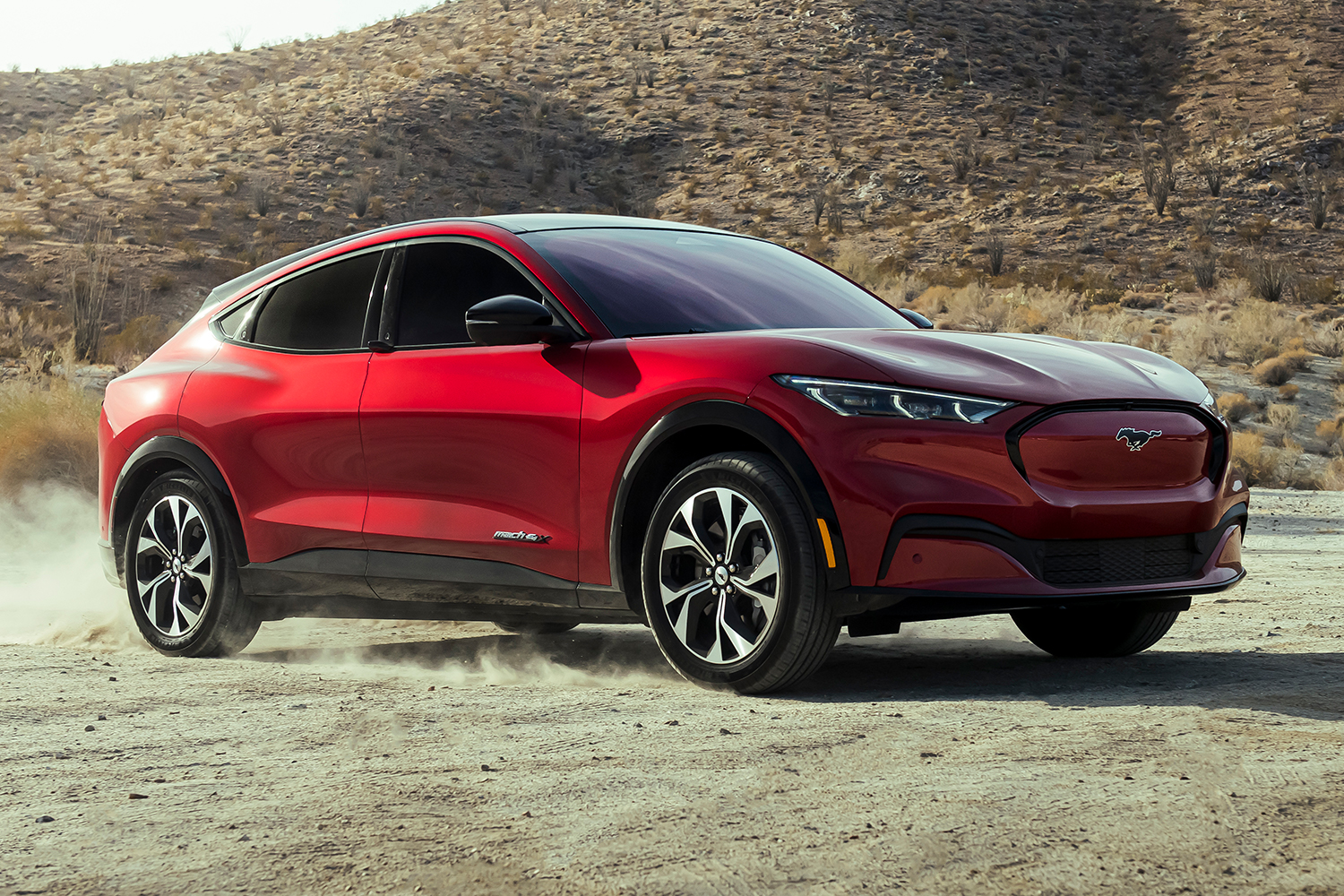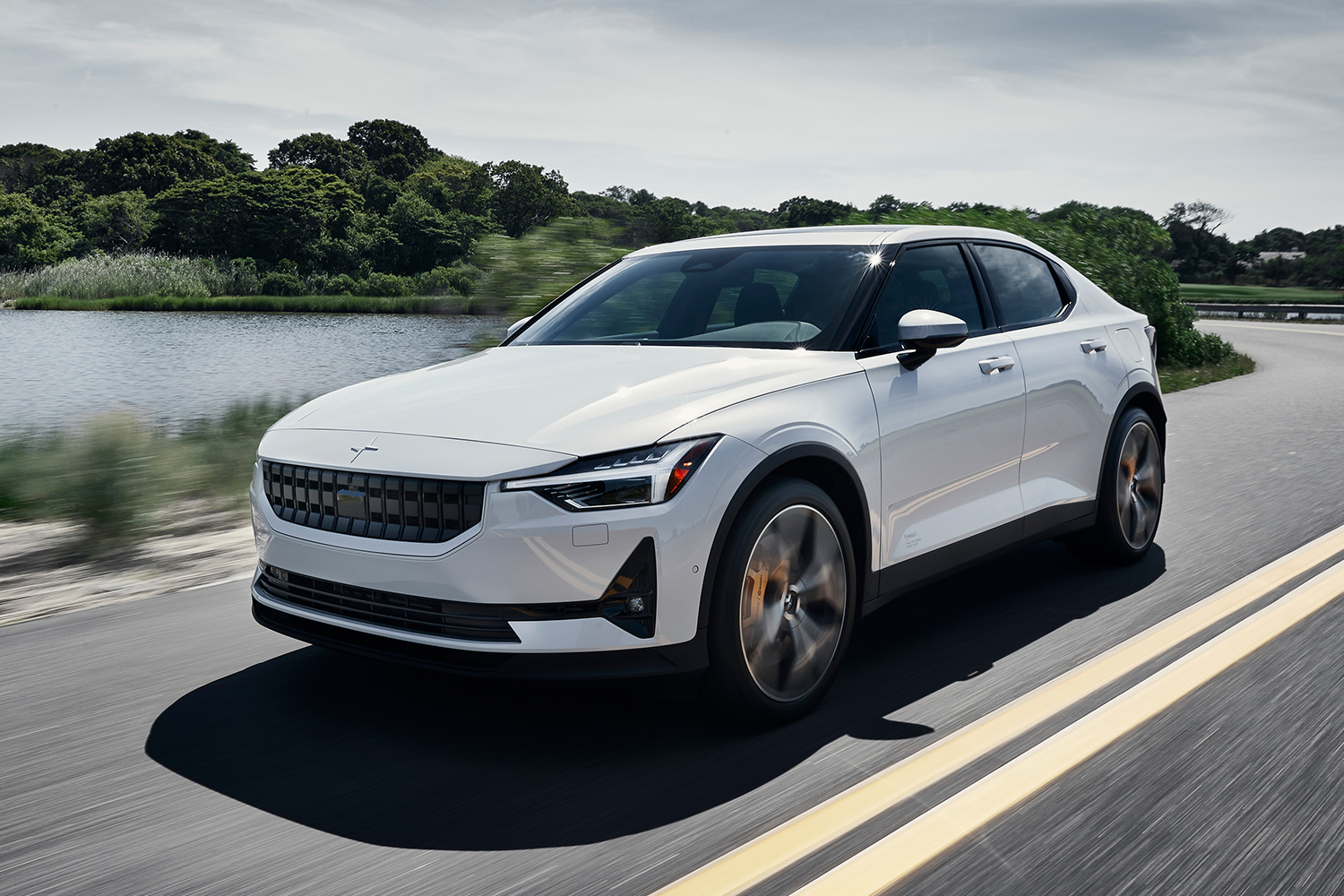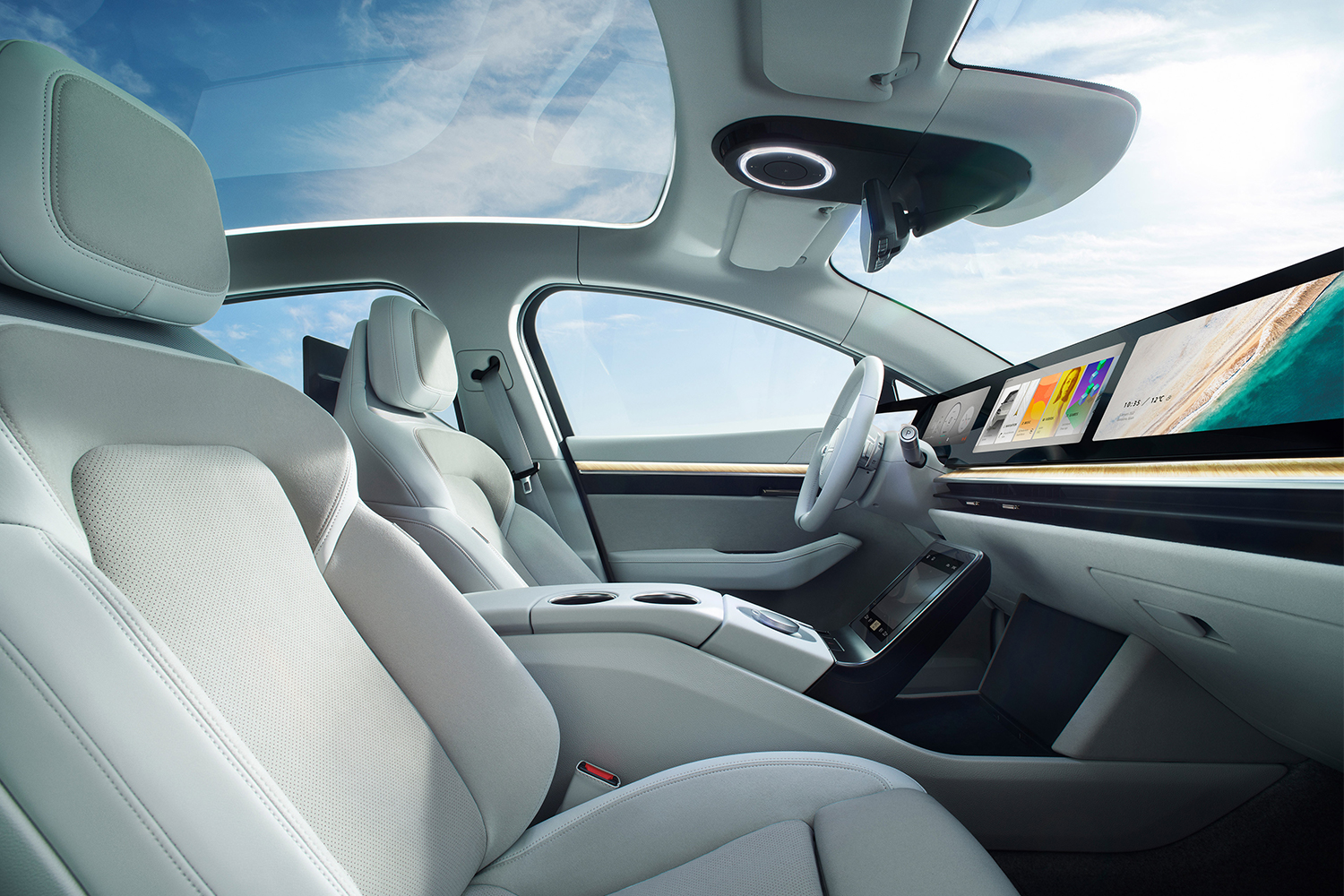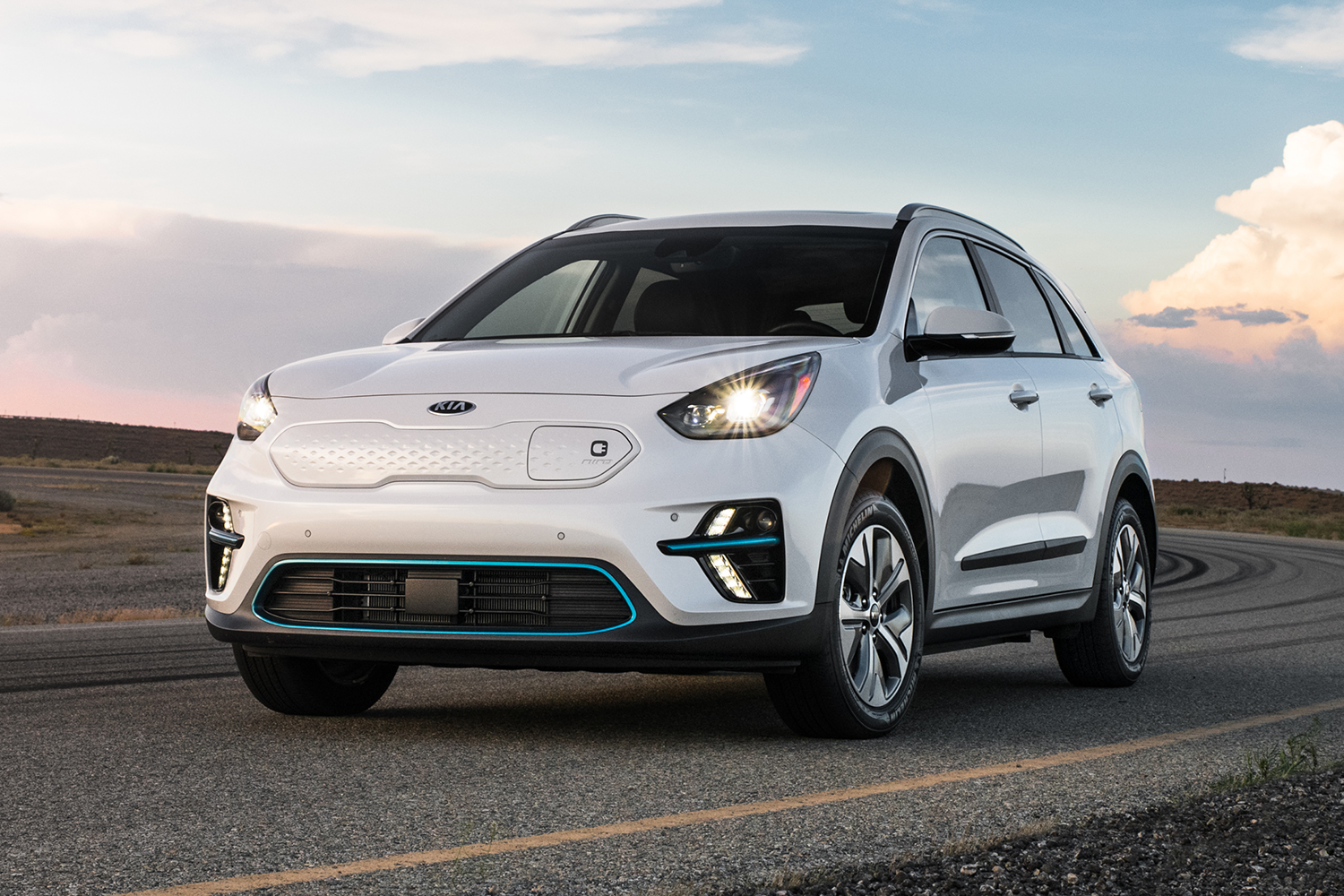Tesla completed almost one million deliveries in 2021. All the fancy electric vehicle upstarts you’ve been hearing about for years are finally selling cars. And this is the year EVs start to go mainstream, as the best-selling vehicle in the U.S. is going electric. But despite all the gains in the industry, what does all this mean for you, the consumer? Will you suddenly feel comfortable buying your first EV?
As it stands, Americans have been slow to adopt the next generation of automobiles, with only 4% of new car sales projected to be electric once the numbers come in for 2021 compared to 9% in China and 14% in Europe. There are a number of complicated reasons for this, selection and incentives being two big factors out of your control. But on a personal level, the one question that hasn’t been significantly answered for a good chunk of the country is whether or not these electric vehicles can survive in winter. Can EVs do more than cruise around California? Can they handle ice, snow and freezing temperatures?
That predicament was raised by many this week as a winter storm stranded hundreds of drivers on Interstate 95 in Virginia, some for over 24 hours, as The Washington Post reported. A columnist at the paper even asked the question: what would have happened if all those vehicles were electric? Yet that opinion piece doesn’t cite any instances of EVs dying on I-95, though many vehicles reportedly ran out of gas and had to be towed.
To help clear up some basic misconceptions about how EVs fare in winter weather, we took a look at the current research, the vehicle tests that have been performed and how automakers are designing for the frigid cold.
What Happens When Electric Cars Get Cold?
Before we answer the question of what happens to electric vehicles, it’s only fair that we acknowledge the failings of internal combustion engine cars in the winter. It’s much easier to point out the faults of EVs because all of us who’ve driven gas cars our entire lives accept the cold-weather annoyances of the latter as standard operating procedure. The slog of warming them up in the morning, frozen fluids, black ice slides, dead batteries — we accept all of this as normal, even though they’re problems with the inherent design of modern gas-powered automobiles.
Speaking of dead batteries, is that what happens to electric cars in winter? Is it possible you could go back to your Tesla Model Y after leaving it out in the snow to find the battery is shot?
This is one of the biggest misconceptions about how EVs are impacted by cold temperatures. After studying the issue, Consumer Reports cleared this up, writing, “It’s important to note that EV batteries lose range not because of how the cold weather affects the physical battery but because of the added power demands that come from operating the car in cold weather.” (That’s not to say the physical battery isn’t affected at all, as the cold slows down chemical and physical reactions, leading to things like slower charging.) EVs don’t have an engine producing heat to warm the car; the battery powers other heating systems, and if those are working overtime, the battery will be affected, and in turn so will the range.
That’s the biggest issue electric cars currently experience in the cold: range reductions. When Wired took a look at this in 2019, the magazine said an EV would drive 20% fewer miles on average in the cold versus warmer temperatures. A study from AAA and the aforementioned one from Consumer Reports were much more dire; AAA set the average decrease at 41%, and CR showed evidence of about 50% loss. That led to a lot of hand-wringing and ominous headlines, but it’s not the whole story.
Which Electric Vehicles Do Well in Winter?
When you think of electric car owners, who comes to mind? Apart from the Elon Musketeers and hippies getting their money’s worth out of early Chevy Volts and Toyota Priuses, you’re probably picturing well-to-do Californians in an endless summer. So what’s the deal with Norway? The Nordic country is the world’s EV leader when it comes to adoption; in 2021, all-electric cars made up a truly astronomical 65% of car sales, as Reuters reported. And while its climate is more temperate than its latitude would suggest, it still gets damn cold.
The short answer is that the Norwegian government is incentivizing its citizens to buy clean-running cars instead of the old gas-burning ones (this isn’t just about climate change, after all, it’s also about direct health consequences like air pollution). The more intriguing and illuminating aspect for our purposes today is that because the country is a global leader in the space, they’ve also done comprehensive tests. In 2020, the Norway Automobile Federation published the results of one in which they drove 20 different EVs in real-world winter conditions “until they stopped completely and shut down,” thus offering one of the best looks at the technology yet (Consumer Reports only tested two vehicles and AAA conducted their test in a lab).
The results? The cars only lost 20% of their range on average, and even with that decrease, the NAF was clear that all the vehicles gave plenty of warning about the lower mileage and when they were running low on power. As for the best models, the organization said the Hyundai Kona performed well on range (only decreasing 9%) as did the Tesla Model S (because it started with the highest range), and the Tesla Model 3 and Audi e-tron both performed well when charging in the cold (which is also inhibited at lower temperatures).
If you’re looking for a comprehensive car-by-car breakdown discussing which EVs are better for winter climates and why, the battery experts at Recurrent recently published an analysis that looks at 13 different models and compiles data from about 7,000 drivers.
Should You Skip EVs If You Live in a Colder Climate?
EV technology has been developing at a rapid clip, and it’s only accelerating. While the best advice at the moment for buying an electric car in a cold climate is to get one with the longest range possible (to counteract the inevitable decrease), automakers are constantly figuring out new ways to protect EVs from the elements. The Hyundai Kona, for example, which performed so well in Norway, features proprietary heat pump tech that uses recycled waste heat. And newer vehicles like Rivian’s R1T and R1S, the Ford Mustang Mach-E and the Hummer EV are testing in subzero locales, showing automakers are taking the issues seriously.
In short, if you do your research on cars that don’t drastically lose range in cold weather, opt for a winter package if you live in a colder climate (these are available on some EVs) and have a garage where you can plug in your long-range electric car, you should be fine. On the latter point, you can then preheat your vehicle using a wall charger (rather than the battery) so you don’t lose range out of the gate. If you don’t have a garage, it’s a much tougher proposition. It still boils down to convenience in the electric-car debate. EV lovers are happy to tout the benefits of their Leafs and Model 3s and Mach-Es, but many people simply want to get from point A to point B without serious incident.
However, even AAA acknowledged (way at the bottom of their press release) that “drivers in [cold climates] shouldn’t be discouraged” from buying an EV. “Owning an electric vehicle in these regions just requires some additional planning.”
If you’re already carrying an ice scraper, shovel, flashlight, battery jump starter and extra winter clothes in your gas guzzling SUV this winter just in case, that additional planning will be much easier than it seems.
This article was featured in the InsideHook newsletter. Sign up now.

























